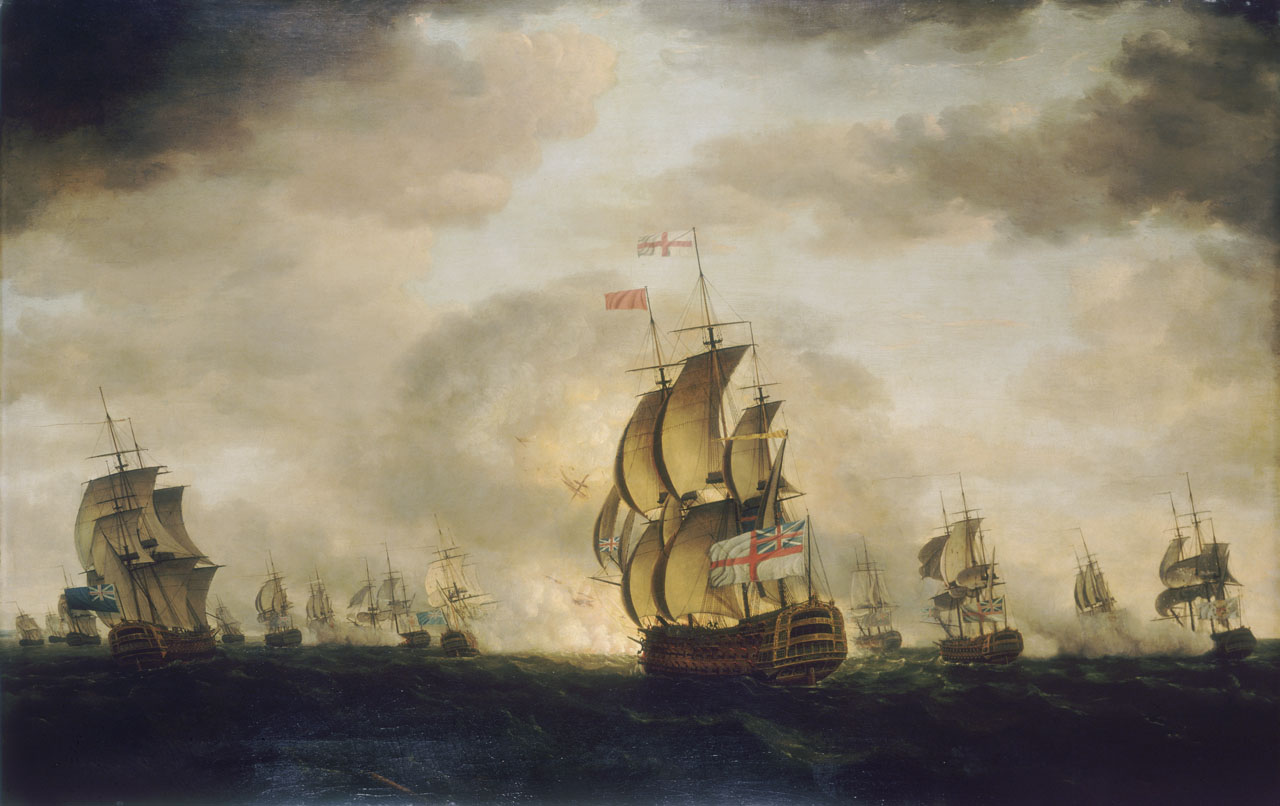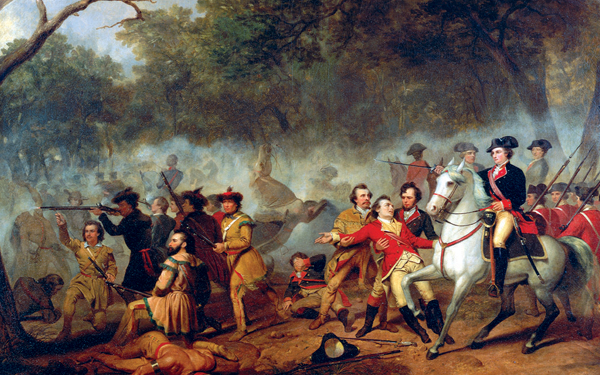Over the course of history, there has been a huge development in the types of weapons being used. From the visceral right up to the nuclear, warheads have changed alongside developing technology and looking into the weapons in any period is a great way to understand the spirit of the age. It wasn’t long ago that biological and chemical weapons were at the height of technology. Designed to eliminate groups of people in one fell swoop, these types of weapons were unstable and easily detonated, making them a historical disaster. While, since the time, technology has moved on, these weapons were once big news. Due to their instability, however, they spawned some of the most lasting damage known to mankind.
- Dura-Europos
If you thought that all biological weapons were a thing of recent history, think again. Dating back hundreds of years, the weapons have been undertaken by a huge range of different populations. In 256 BC, the prospect of a biological attack was just as real as it might have been a few decades ago. In Dura-Europos at the time, the Roman empire had a holding over the land. When nearby Sasanian soldiers wanted to protect their city from the invaders, then, they turned to the chemicals they had to hand. Soldiers at the city gates used bitumen ignited with sulfur in order to gas Romans out of a tunnel they had built into the city. The gas killed the men within 2 minutes and drove the Romans out of the area for good.
- Siege of Hatra
When the Roman legion wanted to gain entry into the city of Hatra, the local soldiers used their biological know-how in order to keep a hold of their city. The defending soldiers scaled the walls, littering areas with scorpion-stuffed pots. When the Roman soldiers came into contact with the terracotta pots, they broke, released the deadly animal lying in wait. While some of the men died from the stings, others became ill from the venom released. The scorpion bombs did their job well, protecting the city from the Romans.
- Battle of Sandwich
With a French fleet fast approaching their battalion, the British navy turned to chemicals as a way of coming out on top. Using their stores of quicklime (calcium oxide), the men on board let loose the noxious powder into the wind, directly into the path of the incoming French fleet. The soldiers were immediately blinded by the powder, giving the English a chance to defeat their enemies. This was the first time such a technique was used, although the Baron in charge of the attack had been wanting to deploy it for some time.
- Siege of Fort Pitt
Some biological weapons take a while to take effect but when they do, they can become incredibly deadly. Take the siege of Fort Pitt for example. When British Colonists wanted to take over the land as their own, they sent the Native American tribes presents laced with smallpox. The gifts had been handled by the local infirmary and were used as a way of killing off the native population. Sadly, the infection took hold, sweeping those at Fort Pitt and spreading way into neighboring Native American tribes.





